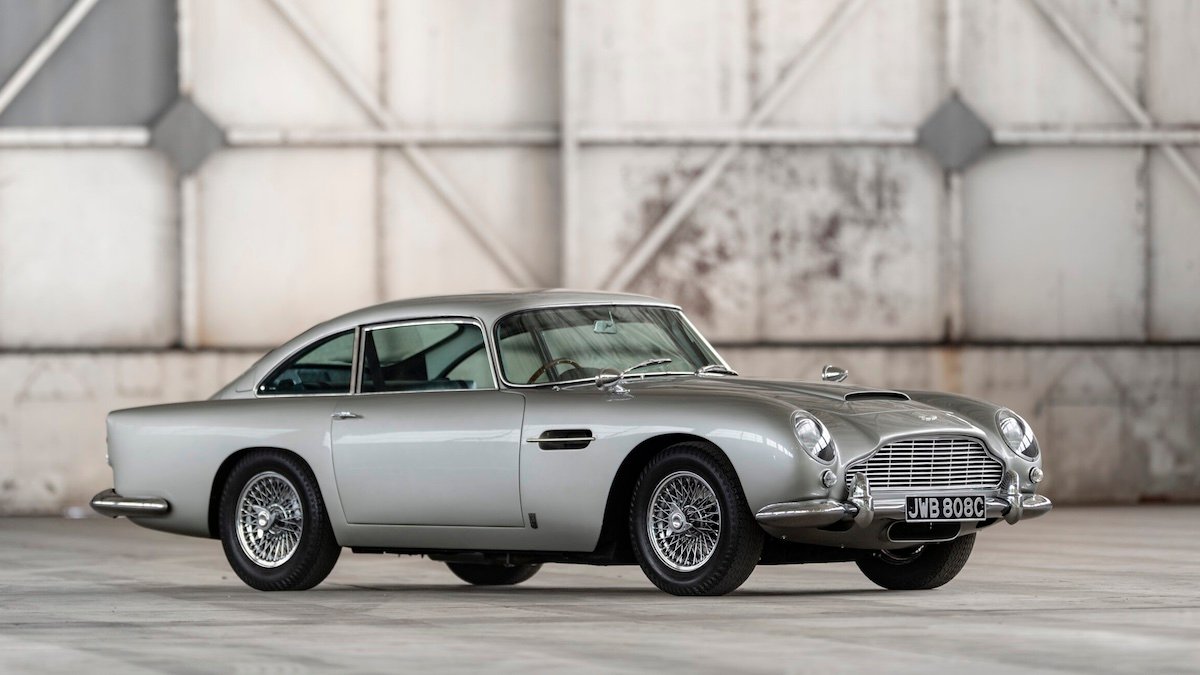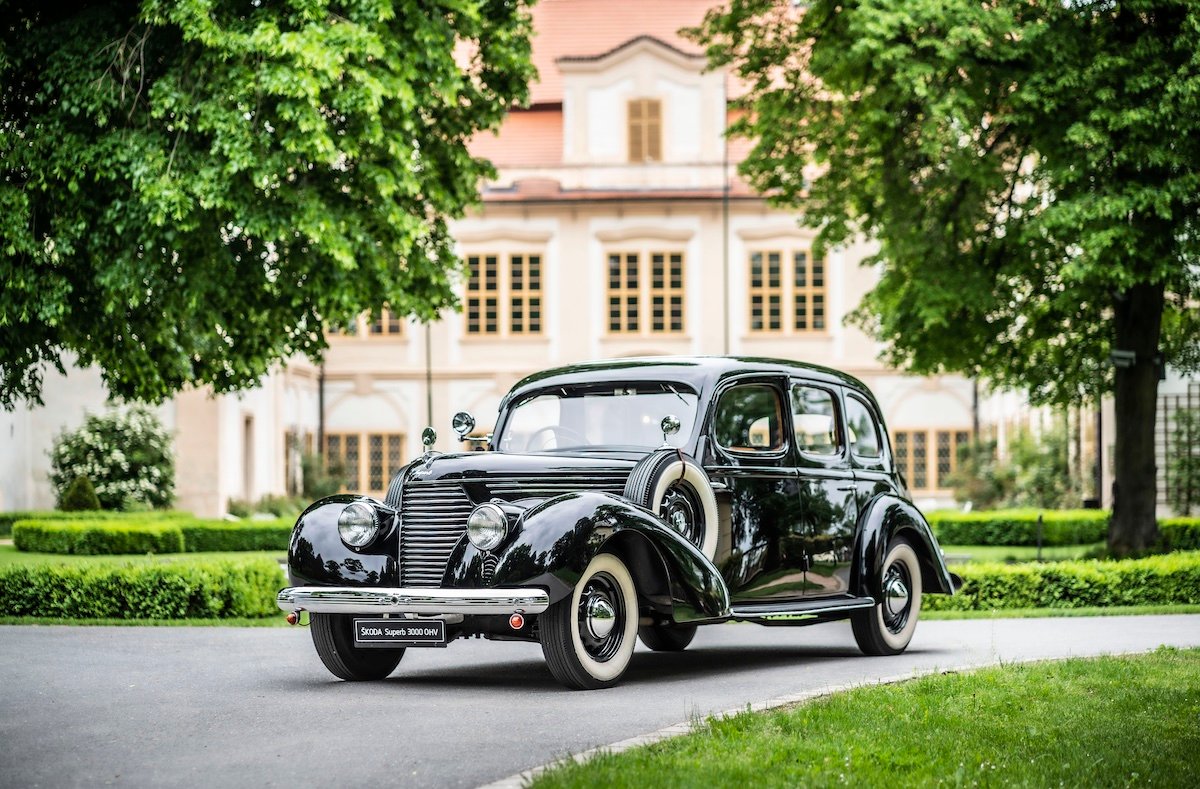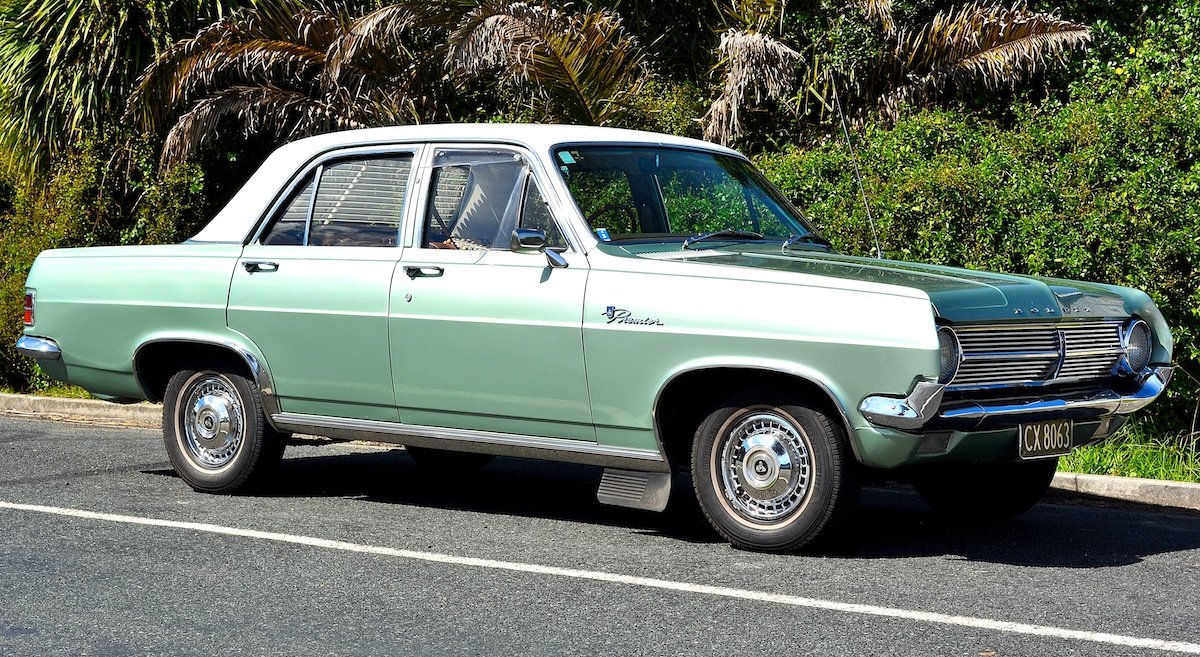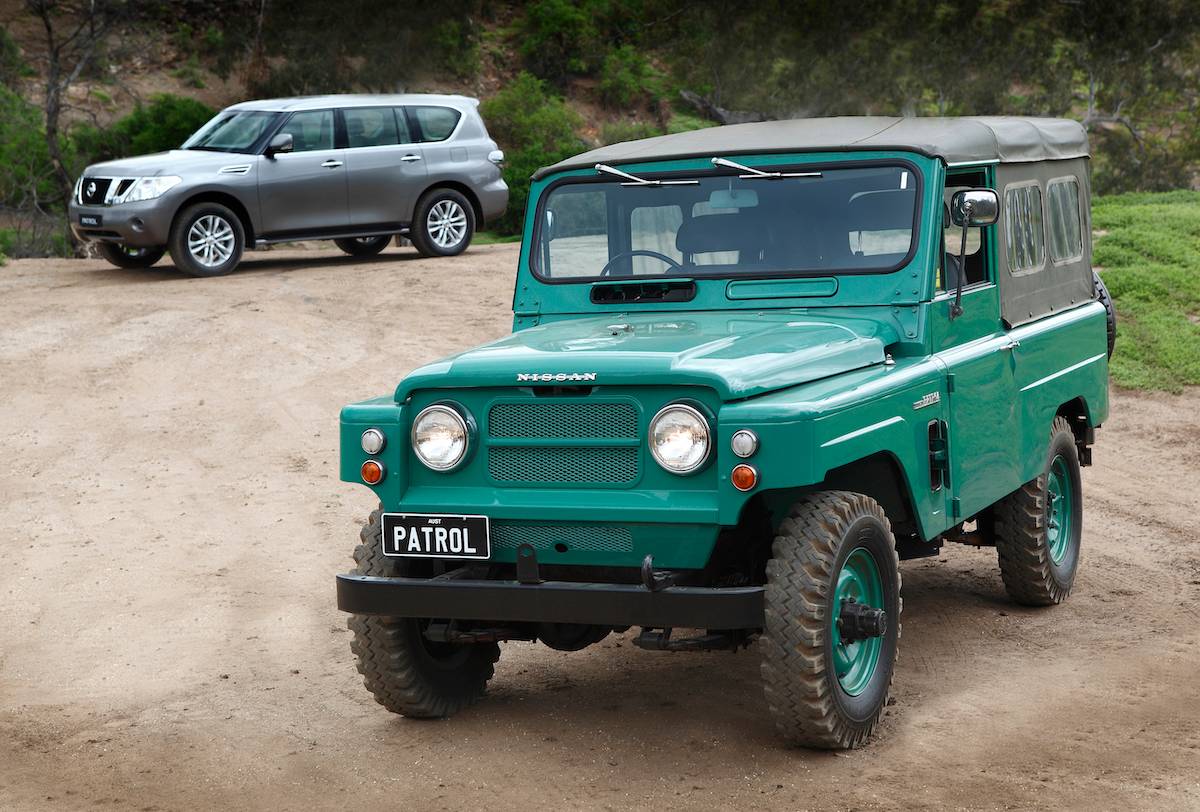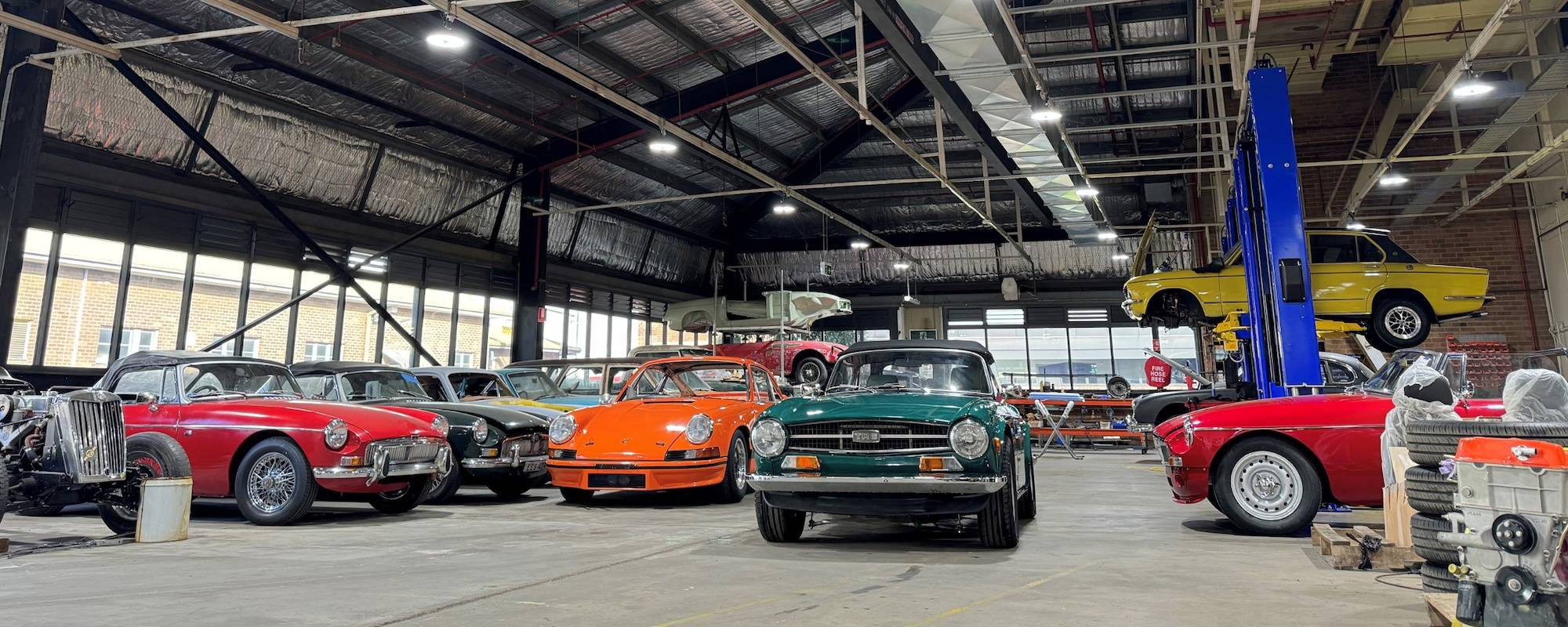Retro Rides Presents Ford Falcon EA-ED: Why it Makes for a Great First-Time Classic Purchase
Glenn Torrens•18 February, 2025
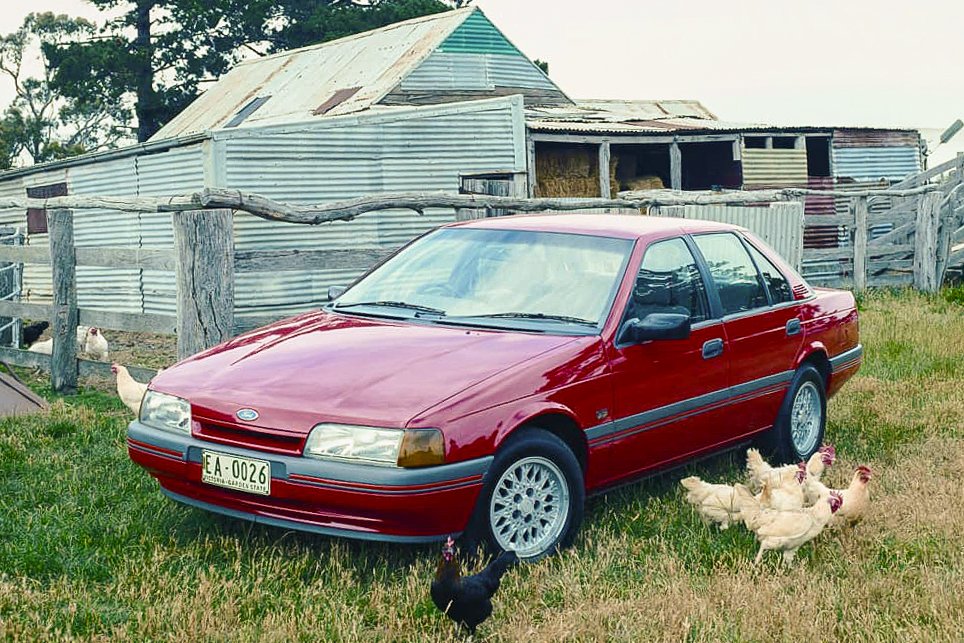
While there are a few things too look out for, the EA-ED Falcon can make a great purchase for first-time classic buyers
Even if you’re not a typical blue-blood Ford fan, early 1990s Falcon make for a great first-time classic, provided you watch out for a few common pitfalls.
The anger and anguish of many EA Ford Falcon owners who bought a car new in 1988 is now, thankfully, a distant memory. History will show that despite all the fresh technology the new model introduced – or perhaps, because of it – the first EAs suffered quality problems as diverse as imperfect door stampings, loose steering columns, popped head gaskets and prematurely worn tyres.
These early-build EA Falcons were a nightmare for some owners and Ford Australia’s marketing and sales people had a big job to convince Aussies that the next series Falcon, the EB of 1991, was a vastly better car.
Thankfully it wasn’t just marketing hype.
Three decades on, it’s not only mechanical maladies that concern hopeful Falcon buyers and collectors… it’s the dreaded rust.
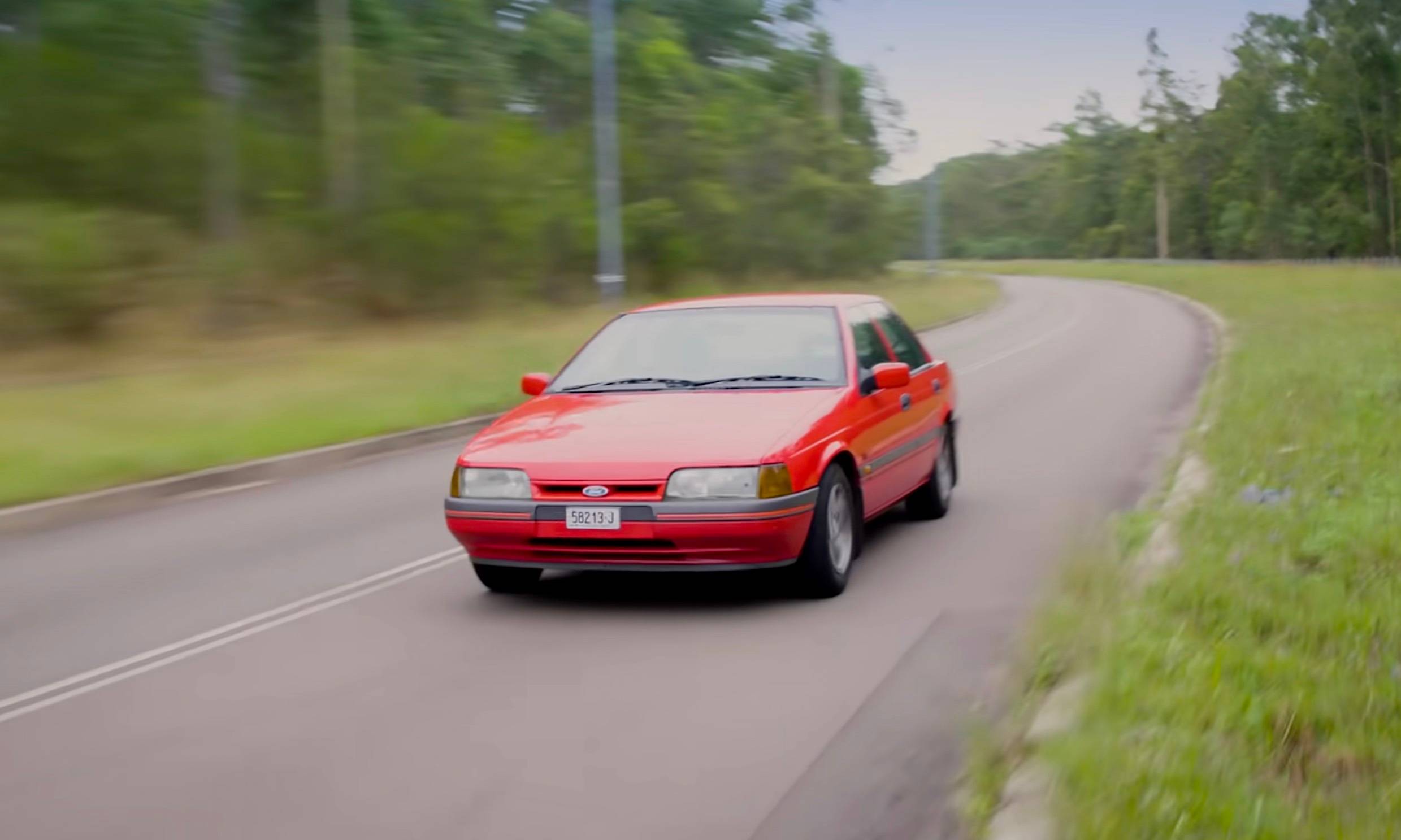
Although ageing electronics and worn suspension components is perhaps to be expected with cars from this era, sourcing replacement parts isn't too much of a problem
Unlike many 1950s to 1980s Falcons, the doors of the EA-ED Falcon are usually okay when it comes to rust, but don’t let that lull you into a false sense of security.
Falcons from this era can still develop cancer in the lower A-pillars, inner and outer sills, and the rear wheel arches.
Unless the car is particularly special – or you have the trade-like skills to avoid paying for repairs – rust in these areas should probably be a deal-breaker.
Another common rust area in EA-ED series Falcons is the lower edge of the boot lid, but this is a much easier repair, so not such a concern.
Another issue to be wary with the ED XR6 and XR8 Falcons, is the distinctive quad-headlight nose cones are difficult to find and replace if damaged.
The oily bits of Falcons from this period – including the gearboxes, diffs and the six- and eight-cylinder engines – are quite tough, and not so hi-tech as to present a problem to an experienced mechanic.
The six-cylinders are susceptible to head gasket issues but most have either been junked or had more reliable gaskets fitted by now.
As with most cars, coolant quality is important; rusty radiator fluid is a bad sign. The four-speed auto should drop into D or R almost imperceptibly and the T5 manual, although not as buttery smooth as many others, shouldn’t require force to engage gears.
Also like many cars of this era, ageing electronics often let the car down. A dead distributor module or crappy fuel pump (or its earth wiring) will stop the car, and the centre-fire throttle body fuel injection of the EA-to-EB1 can be troublesome. Sourcing replacement modules and components is not too much of a problem and there are companies that will recondition the black boxes on an exchange basis.
Worn rubber suspension bushes and engine mounts can make old Falcons feel loose and noisy, but replacement items are easy to source and will reinvigorate the feel of the car, while also quietening things inside the cabin.
 '1991â93 copy-1200x810.jpg)
Although EA-ED Series Falcons don't have quite the same cult following as Holden Commodores of the time, they can still make for a fun, low-fuss weekend cruiser
Speaking of which, Falcon interior plastics and trim materials are quite durable, but 30-plus years of wear and tear, and exposure to the Aussie sun, will naturally cause some deterioration.
The digital dash displays in upmarket Ghia variants are prone to failure, as are the sport-type front seats (also shared with XRs) which can suffer side-bolster wear and collapse. If that happens, trim sections can be sourced from wreckers and spliced-in by an experienced motor trimmer.
Being Aussie designed, the ventilation and air-con works well but keep in mind these cars are now 30-years-old and although major components remain available, an air-con rebuild/update (to ozone-safe gas) can cost half the car’s value.
All in all, the EA-ED Series Falcons don’t have quite the same cult following as similar era Holden Commodores. But don’t let that put you off. Even if you’re not a typical blue-blood Ford fan, a tidy EA-ED Falcon can be a terrific, low-fuss, and fun weekend-cruiser.
Valuation Timeline: Ford EBII-EL XR6 Falcon Sedan
🛠️ Timeline
Market Review: Ford EBII-EL XR6 Falcon Sedan
Falcon’s return to the realms of six-cylinder performance relied on availability of a decent engine and it didn’t arrive until 1992, accompanying the EBII Series Falcons.
In XR6 form, the 4.0-litre inline six-cylinder motor made 161kW and with five speed manual transmission it covered the 0-100km/h dash in a crisp 7.6 seconds.
Early cars were designated S-XR6 and for most of their lifetimes haven’t offered much inducement to collectors. Later ED-EL versions share their four-headlamp nose with the 5.0-litre XR8 and traditionally have been worth slightly more than the EBII.
These models are regaining ground, though, and all six-cylinder versions in excellent condition can now reach $20,000. ED-EL XR6 wagons do exist, but surviving cars are very scarce.
 '1993â94-1200x848.jpg)
The ED Falcon's most memorable change was the new quad-lamp fascia for XR6 and XR8 models
Valuation Timeline: Ford EBII-EL XR8 Falcon Sedan
🛠️ Timeline
Market Review: Ford EBII-EL XR8 Falcon Sedan
After killing its local V8 in a public execution almost 10 years earlier, Ford swallowed its pride and, for 1992, brought back the V8 engine it had said Australians wouldn’t miss.
All versions of the 5.0-litre Falcon V8 produced 165kW, meaning the ‘performance’ XR8 wasn’t any faster than a stock V8. However, they were likely to come with five-speed manual transmission which helped.
The limited production ED Sprint did boost power to 192kW, but this engine option didn’t continue into the EF and EL ranges which reverted to 165kW. In common with the XR6, all versions of the XR8 saw values remain low and steady from 2005 until 2016 when local production of Falcon ceased.
At that point, enthusiast buyers realised that Falcon was indeed gone forever and began spending increasingly larger sums on quality examples of the 1990s XR8.
Glenn Torrens

Get The Latest
Sign up for the latest in retro rides, from stories of restoration to community happenings.
 '1972â73 1-1024x675.jpg)
